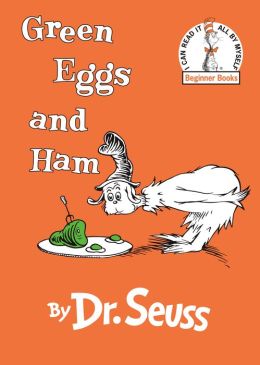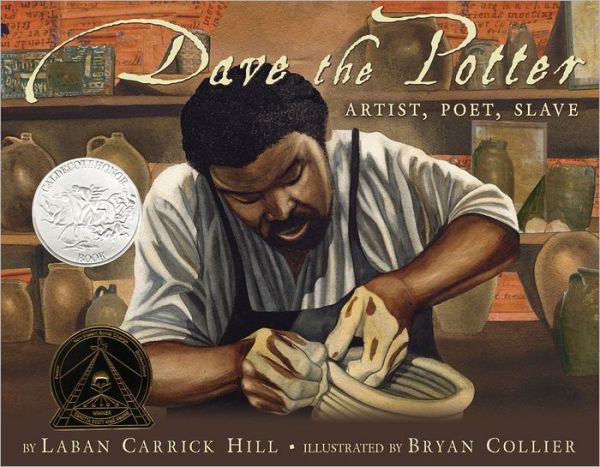This book tells of war and holocaust during World War II through Rose Blanche's perspective and readers get a peek into the real and honest observations of a young girl in Germany during the war.
In the beginning, we see how Rose Blanche views the war in a naive and innocent manner. This is especially so since the war did not change her life much. She still continued to go to school, play with her friends and walk around town safely. One day, she sees a little boy trying to escape from a lorry. Curious, she follows the lorry and finds herself outside a camp of prisoners. Seeing the sad and hungry prisoners, she goes back to the camp regularly to bring them food. However, the tides of war soon turn and the people in her town are forced to leave. Rose Blanche decides to make one more visit to the camp but is never seen after that.
This story uses simple language and is complemented by strong impactful illustrations. Although not explicitly stated, readers can tell from the yellow star on their uniforms that the prisoners whom Rose Blanche encountered were Jews who have been captured by the Nazis.
Rose Blanche's death is also not explicitly depicted either through text or illustrations. All readers are told is that "As Rose Blanche turned to walk away, there was a shot, a sharp and terrible sound which echoed against the bare trees." At this point, the narration of the story switches from her point of view to a third person one. We are also told that her mother never finds her after the day the town is evacuated. Through this, readers learn that she is accidentally shot and her love and kindness was only known by the few prisoners she managed to help.
Rose Blanche demonstrates the kind of compassion a young girl is capable of. Although she does not fully understand the significance of the hungry and miserable looking prisoners, she continues to return to the camp to bring them food. This book also shows the impact of war and how lives are inevitably changed. Initially, Rose Blanche's life goes on as usual. We see that the only difference the people in the town seem to experience is the shortage of food. However, later in the story, everyone has to evacuate and eventually another foreign army enters the town.
It is also interesting to note that the name Rose Blanche is a reference to a German resistance group called "The White Rose" which attempted to warn Germany of the dangers of Hitler's national campaigns. This story uses Rose Blanche, a girl who goes out of her way to help the Jewish prisoners in whatever small ways she can, as a symbol of resistance to the Nazi regime.
Rose Blanche is a powerful book that appeals to a very wide range of audience. Its simple language makes it easy for younger readers to read and understand. They will also enjoy the detailed and moving illustrations. As it is also brimming with inferred meanings and symbolism, it is sure to pique the interest of older readers too.

.JPG)
.JPG)
.JPG)





.JPG)

.JPG)




.JPG)




